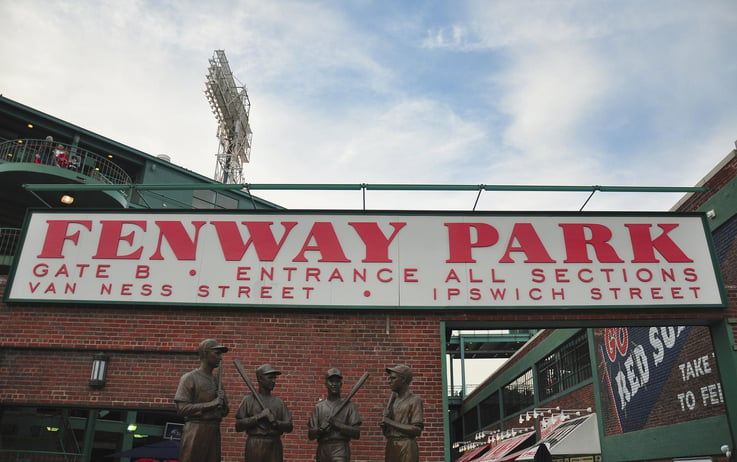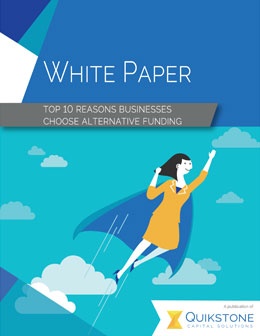 Baseball has long been a much-loved sport. Over the past few years, baseball has seen delays and short seasons, and even though the 2022 season will start a week later than usual, baseball is back! As everyone gets ready for the season opener, take a look at the history of 5 historic baseball stadiums.
Baseball has long been a much-loved sport. Over the past few years, baseball has seen delays and short seasons, and even though the 2022 season will start a week later than usual, baseball is back! As everyone gets ready for the season opener, take a look at the history of 5 historic baseball stadiums.
Fenway Park
"Nestled slightly outside of downtown Boston sits baseball's oldest and one of its most iconic ballparks, Fenway Park. It's where generations of fans have went to see the Red Sox play for over a century. Although it's old with its history dating to 1912, this iconic ballpark retains many of the same characteristics as it did when it opened. The history of the franchise dates to 1901 as a founding member of the American League. Originally known as the Americans, they played at Huntington Avenue Grounds from 1901 to 1911. Constructed primarily of wood, this ballpark had a seating capacity of 14,000 by the end of its life. Due to its limited seating capacity, high risk of destruction due to a fire and the evolution of steel and concrete ballparks in baseball during this time, Red Sox owner, John Taylor, decided to build a new ballpark. Taylor, a real estate magnet, sold himself a parcel of land in "The Fens" of Boston as a site for a new ballpark. Construction began in September 1911 and led to an increase in the value of the team, leading Taylor to sell the team to Jim McAleer and Robert McRoy."
Wrigley Field
"The park hosted its first major-league baseball game on April 23, 1914, with the home field Federals (of the Federal League) defeating the Kansas City Packers. After the league folded in 1915, Weeghman led a group that purchased the Cubs, and the team made its Weeghman Park debut on April 20, 1916. Four years later William Wrigley, Jr., a chewing-gum manufacturer, bought the Cubs and renamed the stadium Cubs Park. In 1926 the current name, Wrigley Field, was adopted. The team and stadium were later bought (1981) by the Tribune Company; Wrigley Field reportedly sold for $600,000."
Doubleday Field
"Doubleday Field is renowned the world over, a recognizable name to baseball fans despite the fact that it's nestled in the center of a village of only 2,000 inhabitants. But in Cooperstown it has remained, on what was once a cow pasture owned by Elihu Phinney, hallowed ground for more than eight decades.
To tell the story of Doubleday Field, one has to start with the Mills Commission, which was appointed in 1905 to determine the origin of baseball. Though the committee considered much evidence, the testimony of Abner Graves in support of Abner Doubleday figured prominently. Both Graves and Doubleday had attended school together in Cooperstown. In letters to the committee, Graves claimed to have been present when Doubleday made changes to a local version of "town ball."
Cardines Field
"First used as a baseball sandlot in 1908, Cardines Field has hosted baseball in Newport for over a century. Originally named Basin Field, the ballpark was renamed in honor of Bernardo Cardines, the first Newport man to die in World War I.
Currently, the Newport Gulls of the New England Collegiate Baseball League play at Cardines Field every summer, along with the George Donnelly Sunset League, the oldest amateur baseball league in the nation. Over its history Cardines Field has hosted Negro League games, Navy sailors participating in the Sunset League, and high school baseball. Bob Feller, Phil Rizzuto, and Yogi Berra all played in the Sunset League while stationed at Naval Station Newport, and Larry Doby helped integrate the Sunset League before he became the first African-American to play in the American League."
Camden Yard
"When Oriole Park at Camden Yards (OPACY) opened on April 6, 1992, a new era of Major League Baseball began. The park was brand new, but still old-fashioned. State-of-the-art, yet quaint. At less than a day old, it was already a classic.
In the 30 years that have followed, OPACY has welcomed more than 72 million fans including individuals from all 50 states and more than 100 countries. The city of Baltimore and the entire state of Maryland have derived over $10 billion in economic impact from the more than 72 million fans who have attended Orioles games over the last 30 seasons, as well as from the millions more who have participated in major concerts, festivals, meetings, tours, and community events that have been held at the ballpark."





